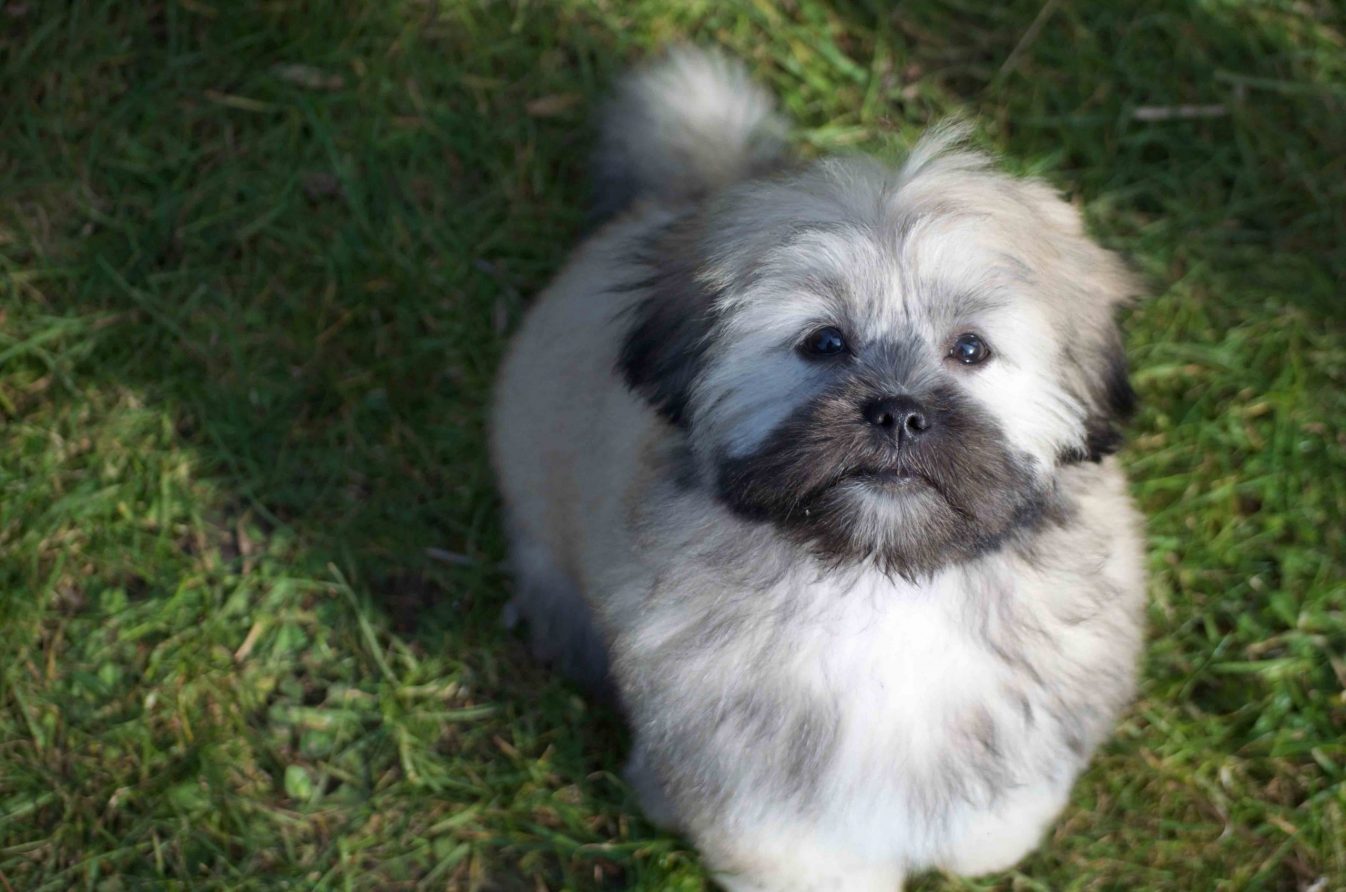In the first six months of their life, puppies are learning many new things at once, so it’s important to focus on the essentials, such as potty training and basic obedience. Once they have mastered these basics, you can gradually add more advanced tasks to their training schedule.
Why is training important for your puppy?
Training your puppy is an essential part of being a responsible pet owner. It helps to promote good behavior, obedience and can also be a bonding experience between you and your pet. By setting clear boundaries and rules, your puppy will understand what is expected of them, which will make it easier for you to communicate with them and establish a strong relationship.
Basic obedience training
The first step in training your puppy is to teach them the basic commands, such as sit, stay, come, and heel. These commands will help your puppy to understand what you expect of them and will make it easier for you to communicate with them. It’s important to be consistent with your commands and to use the same words and tones each time.
Potty training
Potty training is one of the most important aspects of training your puppy. It’s important to set a regular schedule for your puppy, so they know when it’s time to go outside to do their business. It’s also important to supervise your puppy at all times, so you can take them outside when they need to go. Reward your puppy with treats and praise when they go potty in the designated area.
The sit command
The “sit” command is one of the easiest commands to teach your puppy. To begin, choose a cue word that you will use consistently, such as “sit.” When your puppy sits, use the cue word and offer a treat as a reward. If your puppy doesn’t understand the command, you can gently press on their rump and repeat the cue word until they sit.
The stay command
The “stay” command is an important one for your puppy to learn as it helps to keep them in a safe position and prevent them from running off or getting into dangerous situations. To teach the stay command, start by having your puppy in a sit or down position.
Give the command “stay” and hold your hand out in front of them with your palm facing them. Take a step back and wait for a few seconds. If they stay, reward them with a treat and praise. Repeat this process and gradually increase the distance and the time you ask them to stay. It’s important to not rush the process and to consistently reward your puppy for staying.
The heel command
The “heel” command is an essential command for your puppy to learn, as it helps to keep them by your side when walking on a leash. To teach the heel command, start by having your puppy on a leash and standing next to you. Give the command “heel” and take a step forward, pulling gently on the leash to encourage your puppy to walk beside you.
If they walk beside you, reward them with a treat and praise. Repeat this process, gradually increasing the distance and speed of your walk. It’s important to also teach your puppy to walk on both sides of you. They should also learn to stop and sit when you stop moving. Consistently rewarding your puppy for walking beside you will help them to understand the command and develop good leash manners.
Cue words and rewards
One effective way to train your puppy is by using cue words and rewards. For example, to teach your puppy to sit on command, use a specific cue word, such as “sit,” and give them a treat when they obey. Additionally, playing with your puppy can also be considered training. This will happen as you can incorporate cue words and rewards into your playtime.
Fun tricks to teach your puppy
Puppies love to learn new tricks, and it’s a great way to bond with your furry friend. Here are some fun tricks you can teach your puppy:
Fetch or Go Get It
Playing with your puppy can also be considered training. By adding word cues to your actions, you can help to build communication between you and your dog. For example, when playing with a toy, say “go get it” or “fetch” as you throw the toy. If your puppy retrieves the toy, make sure to reward them with a treat and praise. Once your puppy understands this command, you can also teach them a “bring it” command. Combine with a “drop it” command for when they don’t want to let go of the toy.
Paw shake or high five
Another fun trick to teach your puppy is a “paw shake” or “high five.” This trick is easy to teach as puppies naturally use their paws to communicate. When your puppy puts up their paw, gently grab it and say “high five” or “give me paw.” Reward your puppy with a treat and repeat the command a few times until they understand it.
Tips for successful training
- Be patient: Training your puppy takes time and patience. Don’t expect your puppy to learn everything overnight.
- Consistency: It’s important to be consistent with your commands, so your puppy knows what is expected of them.
- Positive reinforcement: Always reward your puppy with treats and praise when they do something correctly.
- Keep it fun: Training should be fun for both you and your puppy. Make sure to set time aside daily for fun trick training and keep it separate from the serious absolute training like learning to potty.
Training your puppy can be a fun and rewarding experience for both you and your furry companion. By starting early and using positive reinforcement techniques, you can help your puppy learn basic obedience and potty training. Socialization and trick training can also provide mental and physical stimulation for your dog and help to strengthen your bond with them. Remember to be patient, consistent, and to have fun while training your puppy. With time, patience and persistence, you will have a well-trained, well-behaved, and happy companion by your side.




Leave a Comment